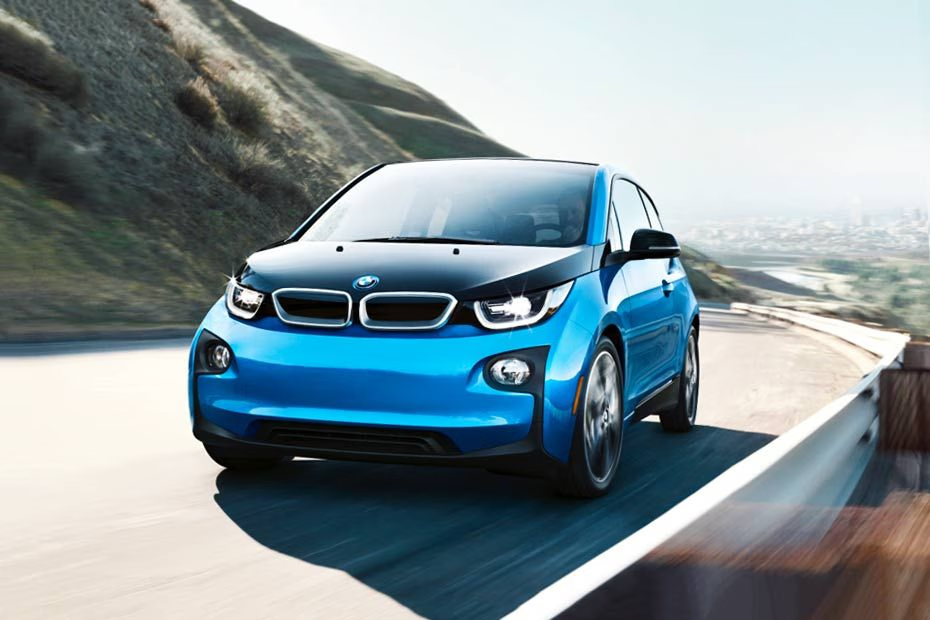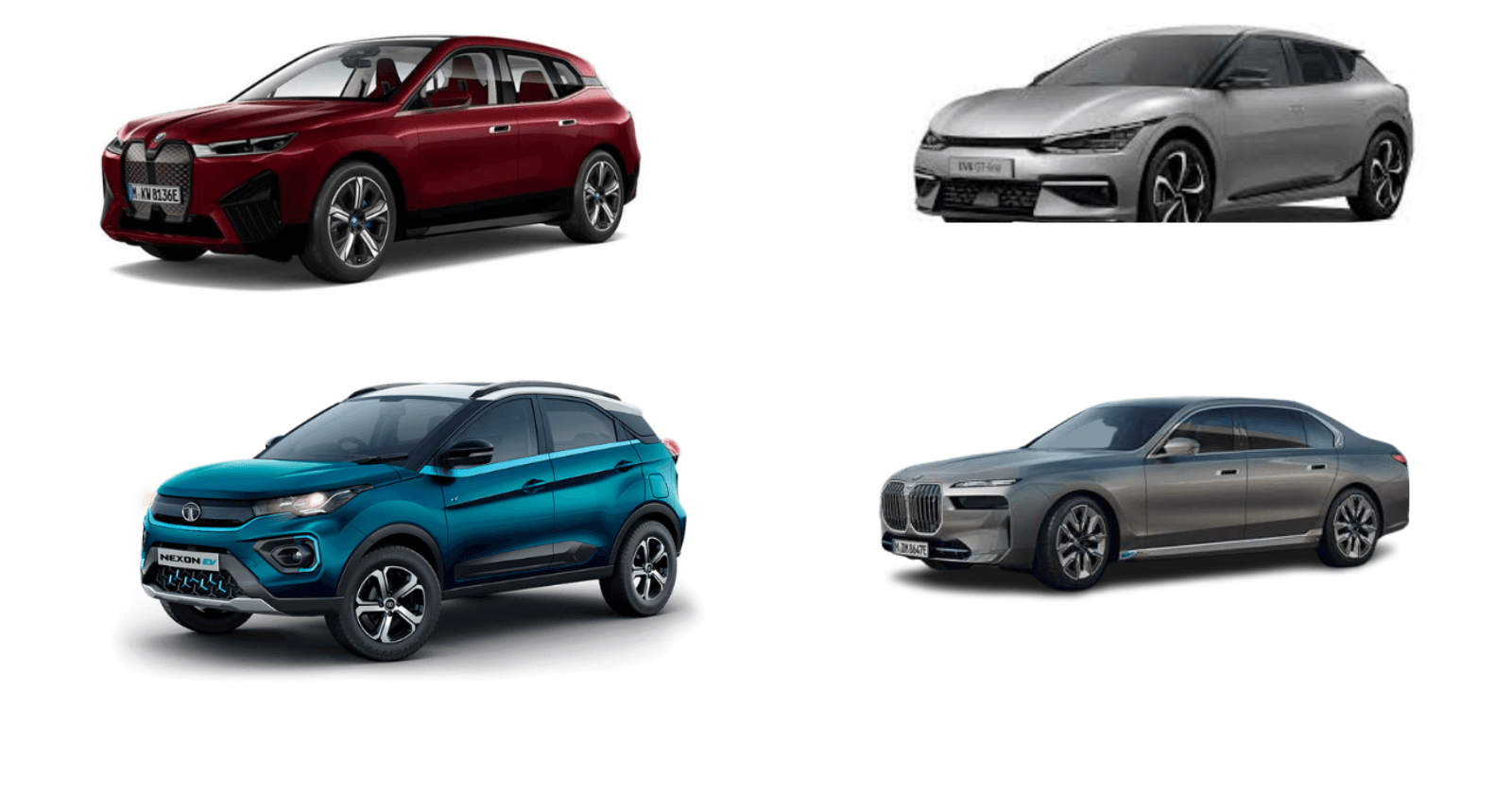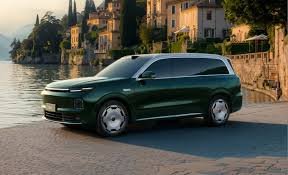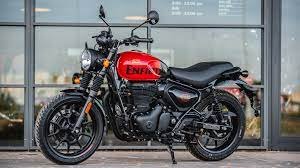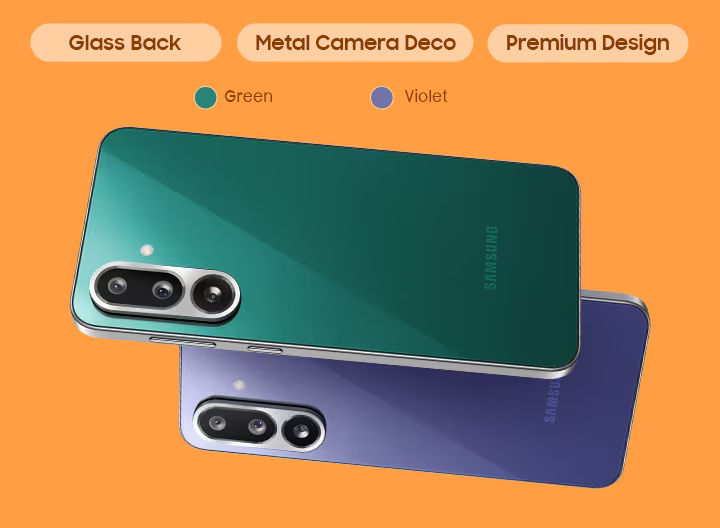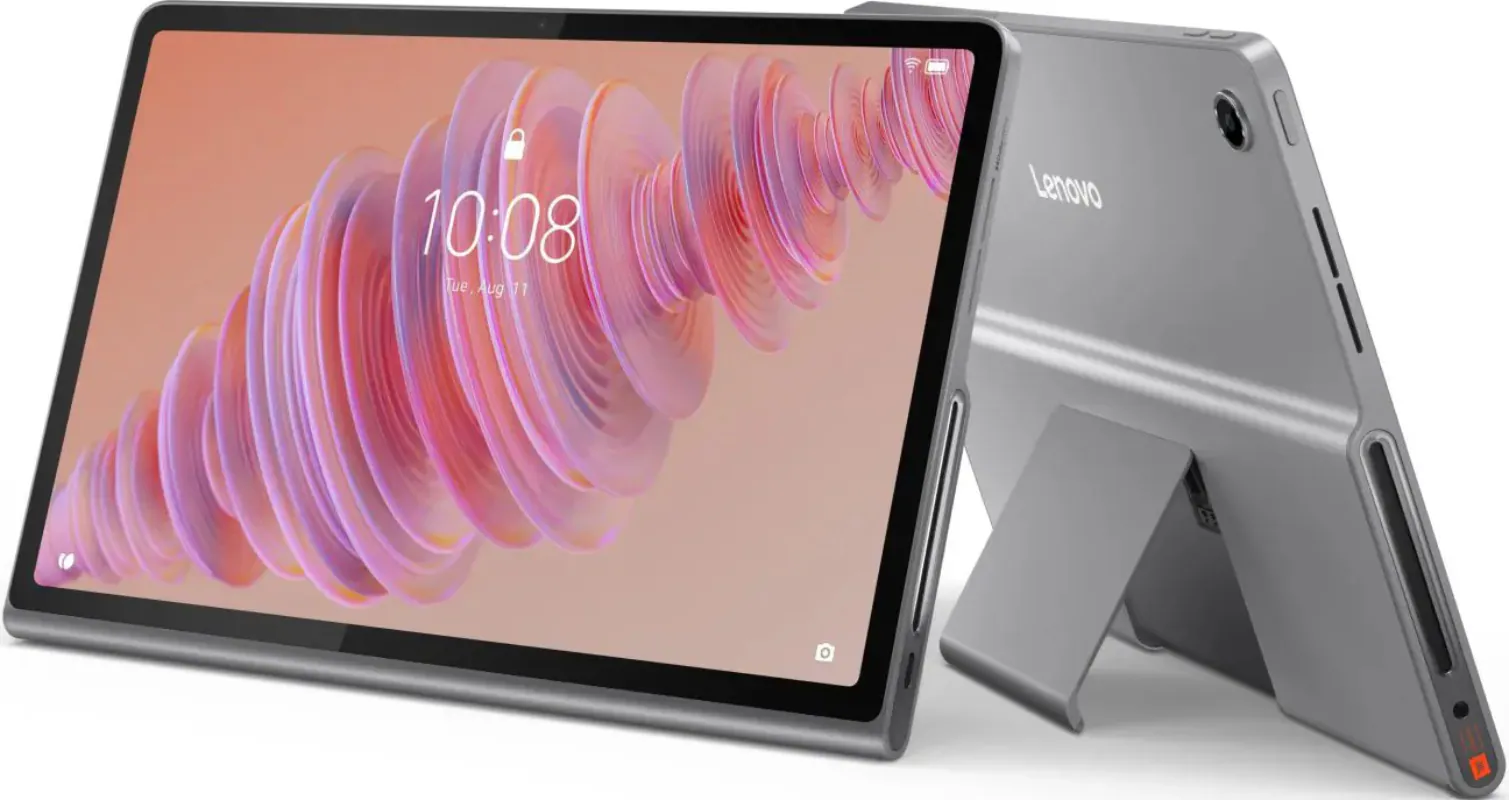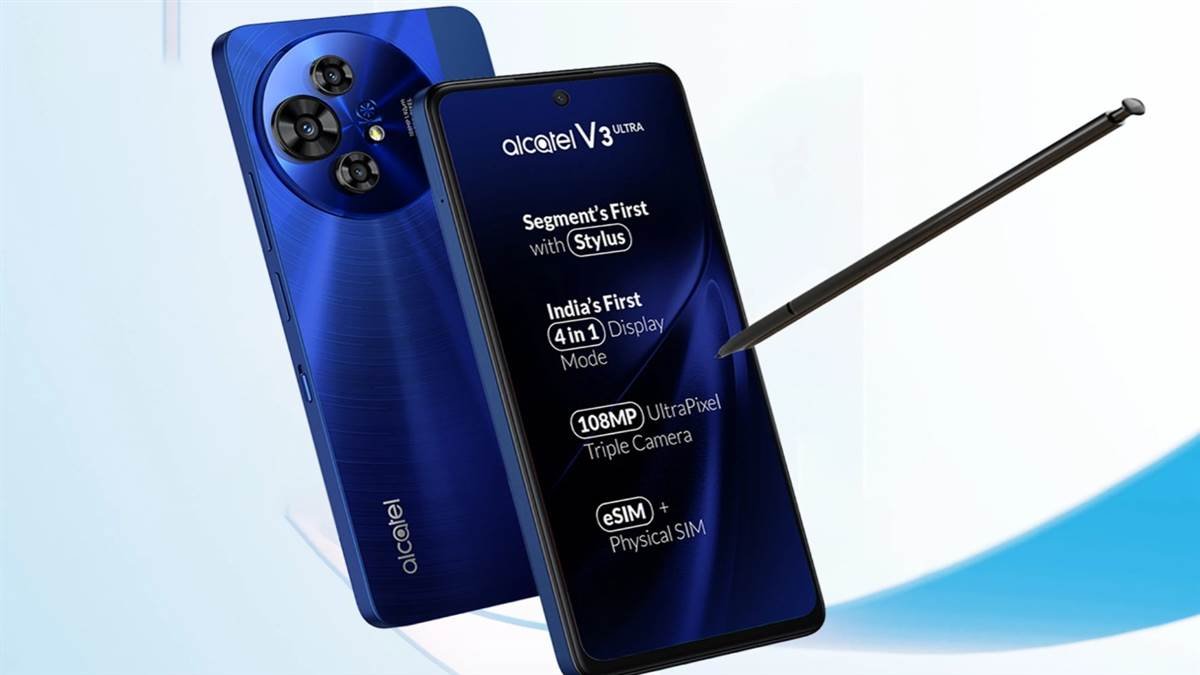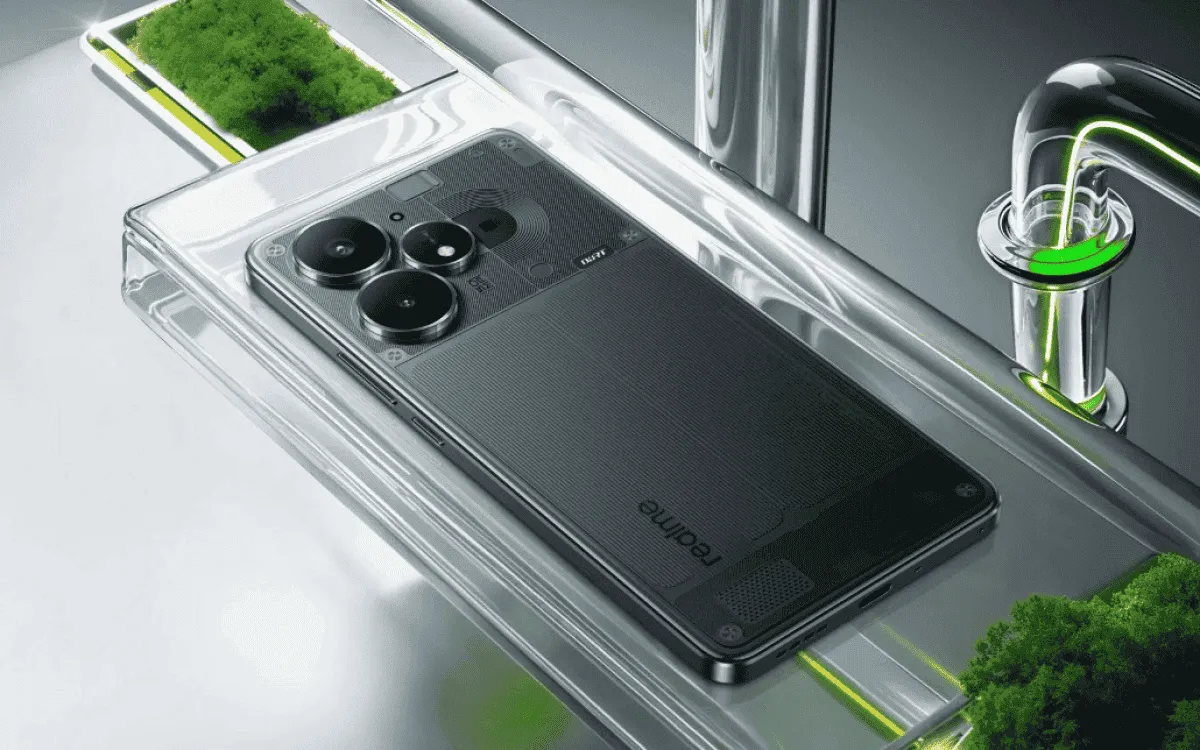When the BMW i3 first rolled onto the roads in 2013, it was unlike anything the automotive world had seen. At a time when electric vehicles were still considered experimental or niche, BMW took a bold leap with a car that reimagined not just how we drive, but how we think about mobility, sustainability, and design. The i3 wasn’t just another EV—it was a technological and environmental statement ahead of its time.
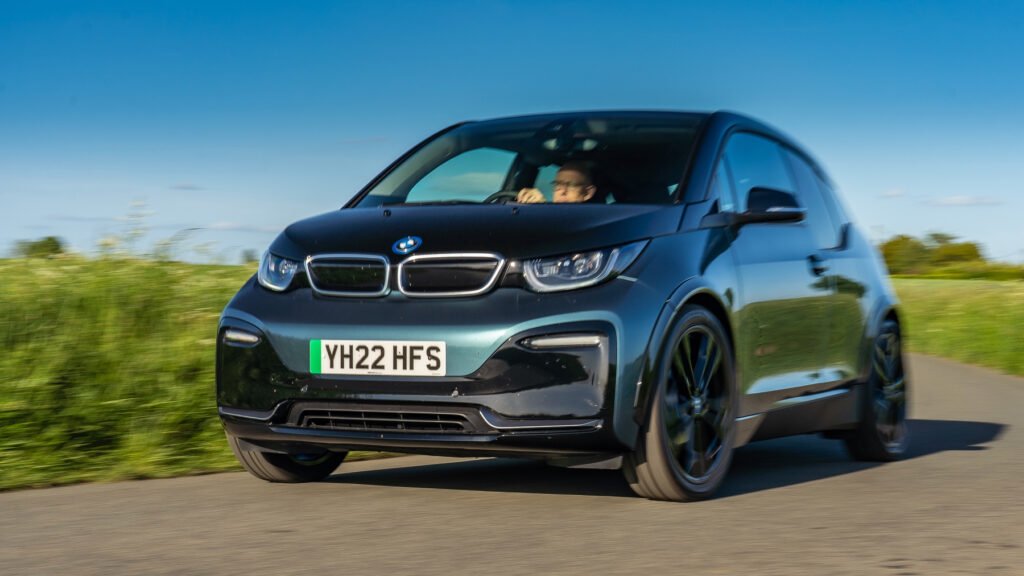
A Revolutionary Design Philosophy
The BMW i3 was a radical departure from conventional car design. Built from the ground up as an electric vehicle, it used a unique architecture known as the LifeDrive concept, dividing the car into two modules: the Life Module, made from carbon-fiber-reinforced plastic (CFRP), and the Drive Module, which housed the battery and motor. This lightweight yet strong construction helped offset the extra weight of the battery, giving the i3 impressive efficiency and agility in urban driving.
Its futuristic styling was another bold statement. The tall, narrow stance, large windows, and minimalist interior made it feel more like a modern living space than a traditional car cabin. Sustainable materials such as eucalyptus wood, natural wool, and recycled plastics reflected BMW’s commitment to eco-friendly design long before sustainability became a mainstream selling point.
Electric Performance That Surprised Everyone
The i3’s performance defied expectations. Equipped with an electric motor producing around 170 horsepower and 250 Nm of torque, it could accelerate from 0 to 100 km/h in about 7 seconds. Instant torque and rear-wheel drive gave it a surprisingly sporty feel, perfectly suited for city streets.
Its battery range, initially around 130 km and later upgraded to over 300 km in newer models, was sufficient for most daily commutes. For those worried about range anxiety, BMW even offered a Range Extender (REx) variant—a small petrol engine that acted as a generator to recharge the battery. This smart hybrid-like solution helped ease the transition for early EV adopters.
Ahead in Sustainability and Innovation
Long before electric mobility became a trend, BMW invested heavily in sustainable manufacturing for the i3. The car was produced at BMW’s Leipzig plant, powered entirely by renewable wind energy. The extensive use of recyclable and renewable materials made the i3 one of the most eco-conscious vehicles of its era.
Additionally, the i3 was one of the first production cars to use CFRP extensively, a material typically found in high-performance supercars. This innovation not only made the i3 safer and lighter but also showcased BMW’s willingness to experiment with new technologies for mass-market vehicles.
Why the World Wasn’t Ready Yet
Despite its innovation, the i3 struggled commercially. Many consumers in 2013 were not ready for a fully electric car—charging infrastructure was limited, and EV awareness was still growing. The i3’s unconventional looks and premium price tag also limited its appeal outside early adopters and tech enthusiasts. However, in retrospect, it’s clear that the BMW i3 laid the groundwork for the electric revolution we see today.
Legacy of a Pioneer
Even after production ended in 2022, the BMW i3 remains a symbol of forward thinking. It challenged the norms of car design, proved that sustainability could be stylish, and paved the way for BMW’s modern electric lineup like the i4, iX, and i7. The i3’s influence continues to inspire the automotive industry toward a cleaner, smarter, and more connected future.
In essence, the BMW i3 was not just a car—it was a vision of the future, delivered a decade early. While the world has finally caught up, the i3’s legacy as a trailblazer will forever remain unmatched in the history of electric mobility.
FAQs
1. When was the BMW i3 first launched?
The BMW i3 was first launched in 2013 as BMW’s first mass-produced all-electric vehicle.
2. What made the BMW i3 different from other EVs at the time?
It featured a carbon-fiber body, sustainable materials, and a unique modular design built specifically for electric power.
3. Did the BMW i3 have a petrol engine?
Yes, some versions came with a small Range Extender petrol engine that recharged the battery for longer trips.
4. Why was the BMW i3 considered ahead of its time?
Because it introduced advanced materials, eco-friendly manufacturing, and innovative design features before these became industry standards.
5. Is the BMW i3 still in production?
No, production ended in 2022, but it remains a key part of BMW’s electric vehicle legacy.

